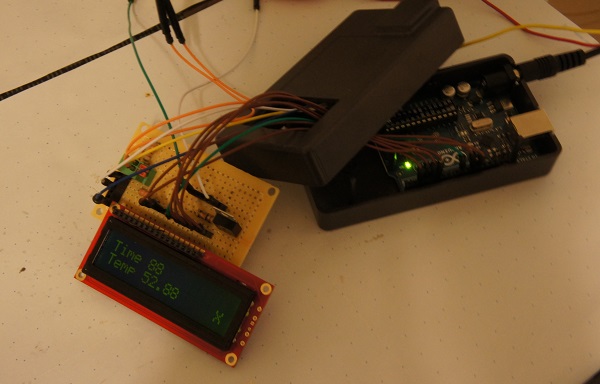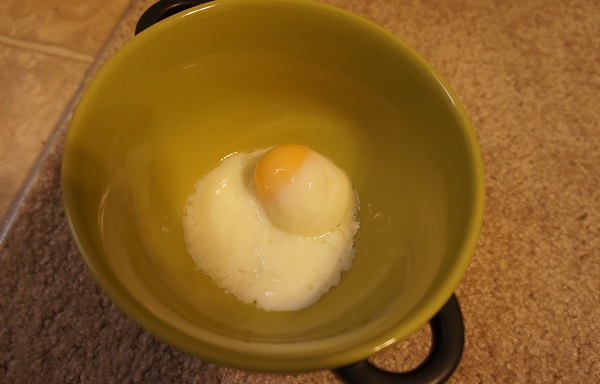Sous Vide Cooker
I remember back in 2011, sous vide was slowly becoming a popular cooking techniques among home chefs. It promised delicious, tender food by keeping a low, consistent temperature water bath. There was even a Kickstarter for an immersion circulator that could be used with any pot or container. We had recently upgraded our rice cooker to a larger model, and so I decided to convert the old one to a sous vide bath.
Although I did not fully understand how the rice cooker controlled its temperature, I knew that it contained a heating element I could use. I opened up the rice cooker and removed all the electrical wiring since I would need much more finite temperature controls. In disassembling the rice cooker, I found that the heating element had two connection terminals. As long as power ran through a completed circuit, it would convert the energy to heat.
For the electrical controls, I pulled out the Arduino I had used in college for my capstone project. I knew how to program it, but I also knew that it could not output enough power to heat the cooker on its own. I would need to use power from a standard wall outlet.
On the Arduino side, I had to program several functions.
- Measure the temperature of the water
- Display the measured temperature and elapsed time
- Control the wall outlet circuit
These functions required additional research into electronic hardware. For temperature measurement, I discovered a type of resistor called a thermistor whose resistance value varied based on its temperature. Using that, I was able to compare the input and output voltage to find the effective resistance of the thermistor to convert to a temperature value.
To display the temperature and time, I bought a simple LCD screen. The back has a set of pins that map to various functions. Luckily, Arduinos provide a library for some types of LCDs, so I only needed to concern myself with the information being displayed and not the underlying program to get the screen to work.
For the wall circuit, I found another piece of equipment called a relay. Using the Arduino, I could complete or the break the circuit with the heating element as necessary. Using the feedback from the thermistor, the relay would cut the power when the temperature was too high and turn it back on when it was too low.
Putting all of these functions together, the sous vide cooker was able to not only hold the water at the specified temperature, but was also able to cook delicious food. It was an amazing personal project that taught me a great deal about electronics.
If I were to continue this project in the future, I would like to add the logic and hardware to set the temperature, which I used to manually update in the program as needed. It would also be nice to expand my electronics experience by making a custom PCB.


